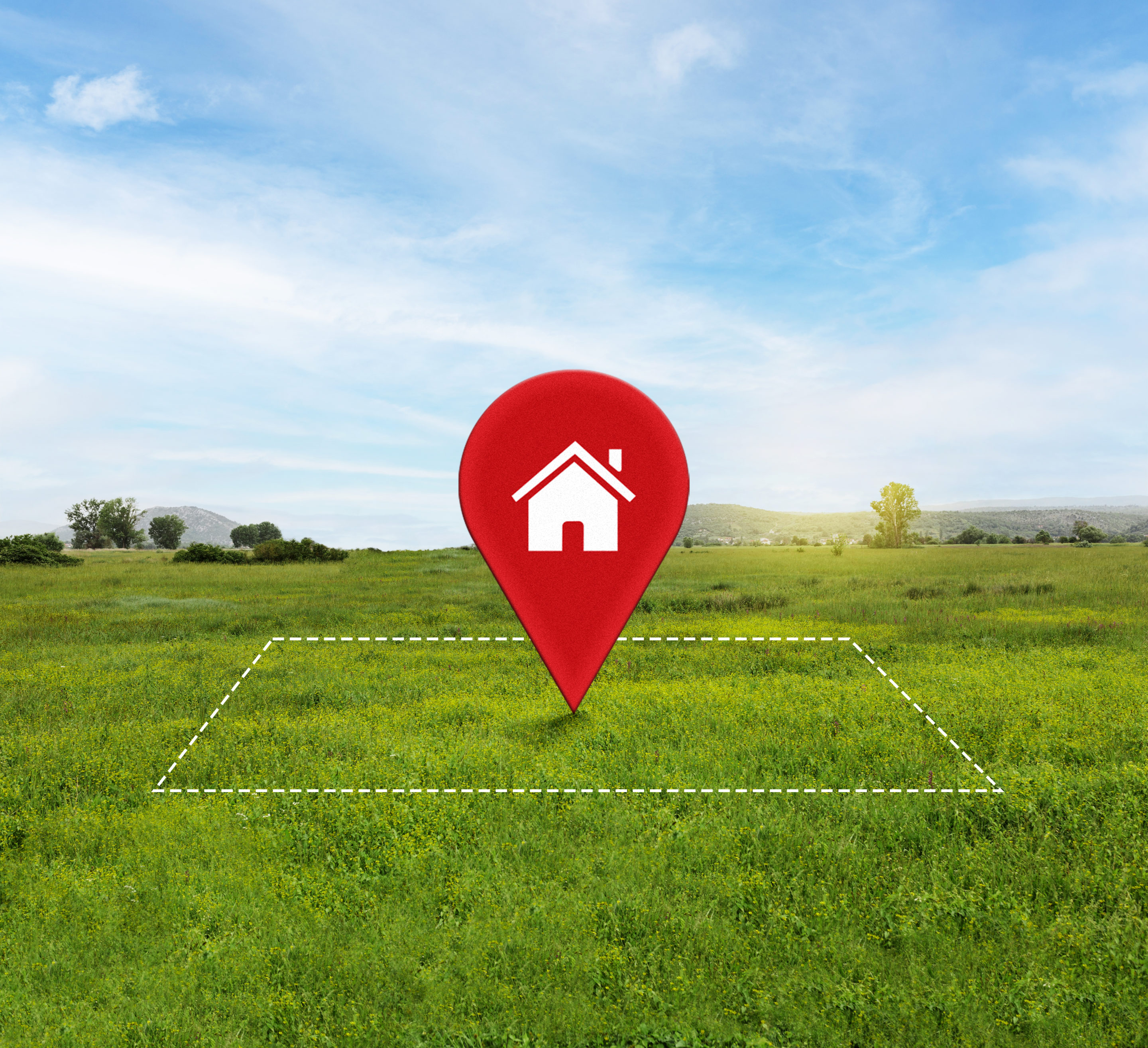Green building is not new. Humans have been building with local materials such as mud, straw, wood, and stone, and using renewable energy from the sun, the wind, and water for thousands of years.Today, Green building is the practice of creating structures and using processes that are environmentally responsible and resource-efficient throughout a building’s life-cycle from siting to design, construction, operation, maintenance, renovation and deconstruction. This practice expands and complements the classical building design concerns of economy, utility, durability, and comfort. Green building is also known as a sustainable or high performance building
Materials for Green Building
Materials for a green building are obtained from natural, renewable sources that have been managed and harvested in a sustainable way; or they are obtained locally to reduce the embedded energy costs of transportation; or salvaged from reclaimed materials at nearby sites.
Materials are assessed using green specifications that look at their Life Cycle Analysis (LCA) in terms of their embodied energy, durability, recycled content, waste minimisation, and their ability to be reused or recycled.
Gypsum plaster
Gypsum plaster is a highly processed form of Calcium Sulphate which indeed is highly durable and stable. Mineral gypsum is a natural and eco friendly product. The entire gypsum plaster is approved by CII-IGBC for consideration towards Green Building rating system (LEED) points. Gypsum is perfect to be applied directly on almost all surfaces like Bricks, Blocks, Concrete wall, Granite, Laterite, any rigid surface etc
Porotherm Thermo bricks
Porotherm Thermobrick has borrowed the principle of thermal insulation from nature, to become a unique walling material – one that keeps the interiors cool in summer and warm in winter! Specially formulated insulating material gives it a ‘U’ Value* of 0.6 W/m²K , which results in superior thermal insulation that greatly improves the indoor comfort of the building. U’ Value: 0.6 W/m2K makes Porotherm Thermobrick the best available energy efficient brick in the market.
Plaster of Paris false ceiling
Plaster of Paris (POP) is among the most popular materials used in a variety of commercial as well as residential roofing applications. POP is basically gypsum sans its water content (created by heating gypsum to a temperature when water evaporates) available in powdered form. It hardens when water is added and makes for a good ceiling material. POP is maintenance free and highly durable besides being good insulators of cold and heat. POP false ceilings are amenable to various designs and can give different finishes including uniform and smooth finish as well as designs of various shapes. It is also an excellent material for enhancing light conditions.
Doors and Windows
Poor windows account for 25% of loss of heat from a house in the winters and trap much heat during summers. Energy efficient windows add to the greenness of the building. Multiple pane windows, low E coating, insulated window frames and Selection of right glass materials can greatly reduce energy consumption. Right choice for windows can have a tremendous impact on the energy performance of the building
Powder Coated Aluminium Windows
Aluminium is an extremely abundant material, and it has a fantastic wealth of advantages as a building material.Aluminium windows and doors are more popular in these modern days. Additionally, the use of recycled materials reduces the necessary amount of energy needed to produce aluminium product compared to that needed when using virgin ore.
Others
Other than the mentioned products the rise of green concept further gives rise to Green paints, Sustainable Furniture, Floors, Carpets and many more products.





